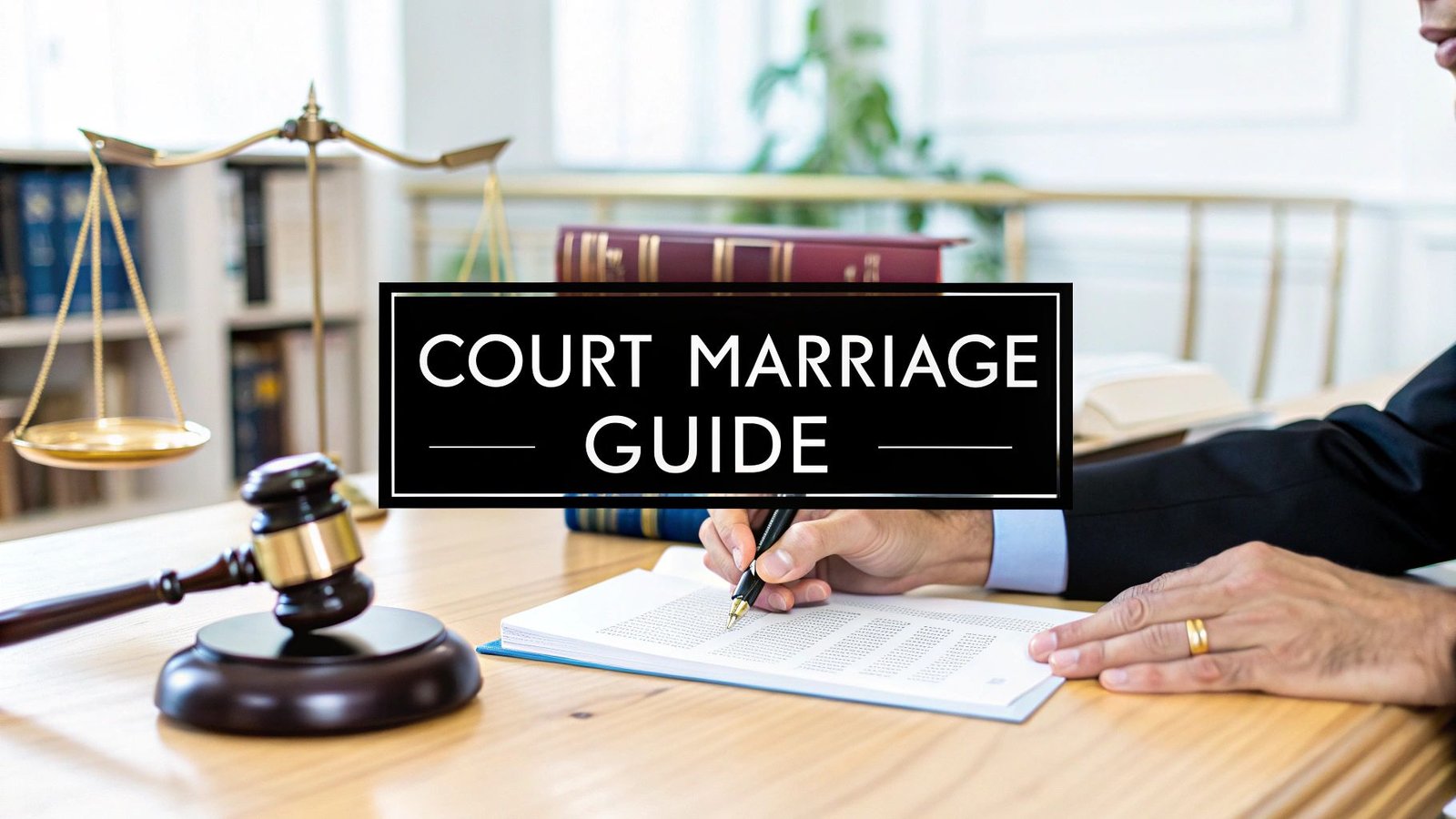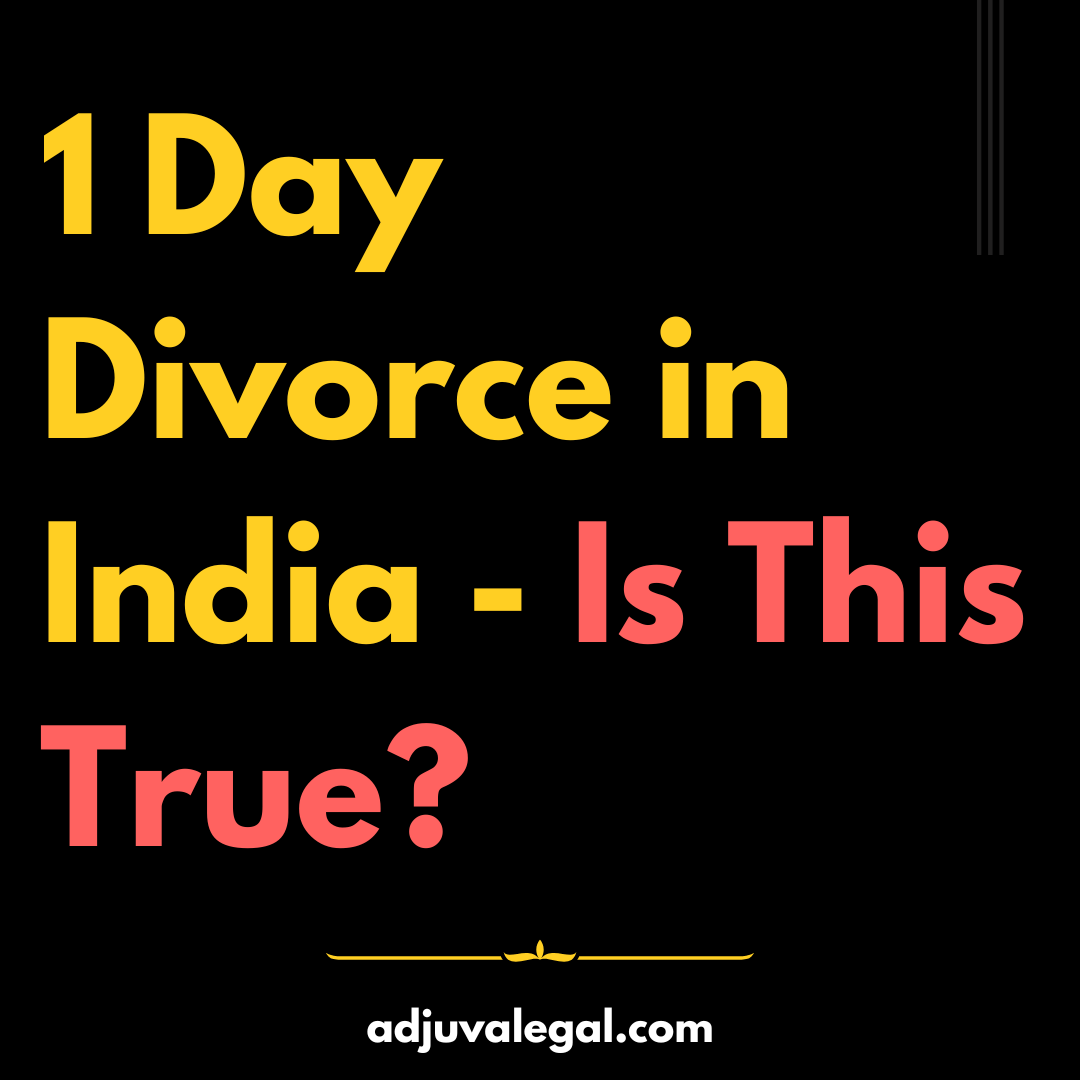When Naga Chaitanya called his divorce from Samantha Ruth Prabhu ‘unfortunate’
Past Relationship:
- Unfortunate Separation: Chaitanya referred to his separation from Samantha as an unfortunate event.
- Respect for the Journey: Despite difficulties, he expressed respect for their shared journey.
- Media Scrutiny: He voiced dissatisfaction with the media’s handling of his personal life, particularly the intense scrutiny and speculations.
- Ethical Concerns: He questioned the ethics behind involving third parties and spreading rumours.
- Call for Maturity: He urged for a more composed and mature approach to dealing with rumours.
- Moving On: He requested the public to move on from past events, allowing both him and Samantha to heal.
Present & Future:
- End of Marriage: Chaitanya and Samantha officially ended their marriage in 2021.
- New Beginning: He recently got engaged to actress Sobhita Dhulipala, putting an end to rumours.
Dubai Princess Sheikha Mahra divorces her husband on social media, saying “I divorce you”
The Divorce:
- Social Media Split: Princess Sheikha Mahra announced her divorce from Sheikh Mana on Instagram, citing his alleged infidelity.
- Public Support: Her post garnered over 40,000 likes and numerous comments in support of her decision.
The Couple’s History:
- Lavish Wedding: They got married in a grand ceremony in June 2023.
- Baby Joy: Welcomed their daughter, Sheikha Mahra bint Mana bin Mohammed Al Maktoum, in May 2024.
- Signs of Trouble: Princess posted a picture with her daughter without her husband, sparking speculations.
- Social Media Cleanup: Both have deleted photos of each other from their profiles.
Who’s Who:
- Sheikha Mahra:
- Daughter of Sheikh Mohammed bin Rashid Al Maktoum, Vice President and Prime Minister of UAE and Ruler of Dubai.
- Supporter of women’s empowerment and fashion designers in UAE.
- Sheikh Mana:
- Emirati businessman born in 1998.
- Interests include travel, football, fishing, and animals.
- Often seen at high-profile events in the UAE.
What is Grey’s Divorce and its possible implications? Know everything here
Grey Divorce: Meaning & Implications
What is Grey Divorce?
- Divorces happen later in life, typically after 50, following long-term marriages.
- Individuals separating after many years together are called “Silver Splitters.”
- This trend is increasing, with a notable rise in divorce rates among older adults.
Reasons Behind Grey Divorce:
- Empty Nest Syndrome: Children leaving home can cause couples to re-evaluate their relationship and discover a lack of shared goals.
- Retirement: Increased time together post-retirement can highlight differences and incompatible lifestyles.
- Increased Life Expectancy: Longer lifespans may lead to couples growing apart over time and seeking new personal fulfilment.
- Financial Independence: More women have financial security, empowering them to leave unhappy marriages.
- Changing Social Attitudes: Divorce is more accepted, making it easier for older adults to consider it.
Possible Implications of Grey Divorce:
- Financial Impact: Dividing assets and retirement funds can be complex and impact both parties’ financial security.
- Healthcare: Divorce can complicate health insurance coverage and the sharing of healthcare responsibilities for older adults.
- Emotional Impact: Divorce is emotionally challenging, especially for those married for decades. Adult children may also experience a loss of family stability.
- Social Changes: Divorce can lead to changes in social circles and potential loneliness, requiring building new social connections.
- Lifestyle Adjustments: Changes in living arrangements, like leaving a family home, can be stressful and require adaptation.
- Legal Considerations: Divorce involves legal aspects like updating wills and protecting assets, which can be overwhelming for older adults.
Hardik Pandya-Natasa Stankovic divorce rumours: What are alimony rules for working women in India?
Alimony in India: Key Points for Working Women
What is Alimony?
- Financial Support: Alimony, or spousal support, is financial assistance provided by one partner to the other after separation or divorce.
- Evolving Landscape: Traditionally seen as support for wives who sacrificed their careers, it’s adapting as more women are financially independent.
Factors Determining Alimony:
- Various Laws Apply: Alimony is governed by the Hindu Marriage Act, Special Marriage Act, Indian Divorce Act, etc.
- Multiple Factors Considered: Courts consider both spouses’ incomes, properties, standard of living, age, health, marriage duration, and children’s needs.
- Working Women Can Still Receive Alimony: Even if a woman works, she might be entitled to alimony if there’s a large income difference between the spouses.
- Self-Sufficiency Matters: Courts aim for fairness, sometimes providing temporary support to help women become financially independent.
Amount and Duration:
- Flexible Payment: Alimony can be paid as a lump sum or in monthly instalments, depending on the case specifics.
- No Automatic Bar for Working Women: A woman’s education and employment don’t automatically disqualify her from receiving alimony.
- Case-Specific Decisions: Alimony decisions depend on individual circumstances, past judgments, and sometimes negotiated settlements.
Protecting Assets:
- Prenuptial Agreements: While not legally enforceable in India, prenups can help outline financial arrangements in case of separation.
- Documentation and Separation: Maintaining records of pre-marriage assets, using trusts, and having separate bank accounts can help protect individual wealth.
- Seek Legal Advice: Consulting a family law expert is crucial for protecting assets and ensuring a fair resolution.
Alimony Rules for Working Women in India – Key Highlights
- Alimony Eligibility: Even with independent income, working women are eligible for alimony in India.
- Determining Factors: Alimony decisions consider both spouses’ incomes, property, standard of living, age, health, marriage duration, and children’s needs.
- Significant Income Difference: A working woman might receive alimony if a substantial income gap exists compared to her spouse.
- Self-Sufficiency: The alimony amount may be reduced or denied if the woman can adequately support herself.
- Court’s Objective: Courts prioritize fairness, sometimes offering temporary support to help women achieve financial stability.
- Case-Specific Decisions: Alimony rulings depend on individual cases, previous legal judgments, and sometimes negotiated settlements.
- Payment Methods: Alimony can be a lump sum or monthly instalments, depending on the case.
- Prenuptial Agreements: Though not legally binding, prenups can help outline financial arrangements in case of divorce.
- Asset Protection: Maintaining records of pre-marriage assets, using trusts, and separate bank accounts can help safeguard personal wealth.
- Legal Counsel: Consulting a family law expert is crucial to protect assets and ensure a fair divorce settlement.
Here’s why Abhishek Bachchan’s ‘like’ to a divorce post isn’t about marital troubles with Aishwarya Rai
Here are the main highlights from the article, organized with headings:
Abhishek Bachchan’s ‘Like’ on Divorce Post – The Real Story
- Misinterpreted Gesture: Abhishek Bachchan’s recent ‘like’ on a post about divorce led to rumours about his marriage with Aishwarya Rai Bachchan.
- Post Content: The post discussed the complexities of divorce, particularly the trend of ‘grey divorces’ in older couples, and included insights from Dr Zirak Marker.
- Connection to Aishwarya: Dr Marker is a close friend of Aishwarya Rai Bachchan, suggesting Abhishek’s ‘like’ was a gesture of support for his contribution.
- Separate Arrival at Wedding: The Bachchan family’s separate arrival at a recent wedding further fueled separation rumours.
- Reunion at the Venue: Photos and videos showed Aishwarya and Aaradhya later joining Abhishek at the wedding, dismissing separation theories.
In essence: Abhishek’s ‘like’ was likely a show of support for a friend’s contribution to the post, not a reflection of his marital status.
Nikhil Patel accuses Dalljiet Kaur of marrying him despite his unresolved divorce from his first marriage; says ‘She filed an FIR against me, repeating the same tactic she used against her ex-husband’
Nikhil Patel’s Allegations Against Dalljiet Kaur
Unresolved Divorce & Marriage
- Nikhil Patel claims he wasn’t legally divorced from his first wife when he and Dalljiet Kaur had their ceremony.
- He states that Dalljiet and her family were aware of his marital status and that the ceremony wasn’t legally binding.
- He emphasizes that his divorce was finalized in January 2024, by which time Dalljiet had already left Kenya.
Dalljiet’s Move to Kenya
- Nikhil alleges Dalljiet insisted on moving to Kenya despite knowing he was still married.
- He claims to have supported her in establishing her career in Kenya.
- He suggests Dalljiet struggled with the adjustment to a different lifestyle and level of recognition in Kenya.
Breakdown of the Relationship
- Nikhil states that Dalljiet left Kenya in January 2024 and they continued communicating.
- He claims he was subjected to verbal abuse during these communications.
- He tried to reconcile, but Dalljiet seemed focused on her career in India.
Further Accusations
- Nikhil alleges Dalljiet has never met his younger daughter despite claiming to be a ‘proud mom of 3’ on Instagram.
- He claims his older daughter wants no further contact with Dalljiet and accuses Dalljiet of media harassment.
- He mentions Dalljiet’s recent visit to Kenya, claiming she harassed his daughter and fabricated a narrative about being left homeless.
- He criticizes Dalljiet for filing an FIR against him, alleging she’s repeating the same tactic she used against her ex-husband.
Conclusion
- Nikhil urges Dalljiet to leave his children alone and hopes that his statement will put an end to the media drama.
- He wishes Dalljiet and her son well and expresses hope that she finds inner healing and peace.
Sources and related content
Nikhil Patel’s statement on marriage with Dalljiet: Wasn’t divorced from 1st wife – India Today
Rajasthan man arrested for marrying Pakistani woman without divorcing wife
Rajasthan Man Arrested for Bigamy and Dowry Harassment
Key Highlights
- Arrest for Bigamy: A 35-year-old man, Rehman Khan, was arrested in Hanumangarh for marrying a Pakistani woman without legally divorcing his first wife.
- Accusations by First Wife: The arrest followed a complaint by Khan’s first wife, Farida Bano, who accused him of dowry harassment and divorcing her through triple talaq.
- Dowry Allegations: Bano claimed she sold her jewellery to support Khan’s business, but he abandoned her and their two children.
- Second Marriage: Khan recently married a Pakistani woman, Mehwish, who entered India legally.
- Arrest and Investigation: Khan was detained at Jaipur airport and formally arrested in Hanumangarh. Police are investigating the timing of the second marriage and reviewing relevant documents.
- Charges: Khan faces charges related to marrying a second woman without divorcing his first wife and seeking dowry from her.
Divorced Muslim women can claim maintenance under Section 125 of the Criminal Procedure Code: SC
Supreme Court Ruling on Maintenance for Divorced Muslim Women
Key Highlights
Right to Maintenance:
- All married and divorced women, including Muslim women, are entitled to claim maintenance from their husbands under Section 125 of the CrPC, regardless of their law.
- This right is available even during the marriage and is not contingent upon divorce.
- The Muslim Women (Protection of Rights on Divorce) Act, 1986, does not override the right to maintenance under Section 125 CrPC.
- The 1986 Act provides additional remedies, not a substitute for the CrPC provision.
Constitutional Basis:
- Excluding divorced Muslim women from Section 125 CrPC would violate Article 15(1) of the Constitution, which prohibits discrimination based on religion.
- The right to maintenance is a constitutional commitment towards social justice and ensuring a life of dignity for women.
Purpose of Section 125 CrPC:
- Provides a speedy remedy and prevents vagrancy by compelling the husband to support the wife.
- Aims to achieve a social purpose by ensuring the husband fulfils his duty to provide shelter and maintenance to the wife.
- Protects wives, including divorced women, from deprivation and destitution.
Applicability to Muslim Women:
- The definition of “divorced woman” under the 1986 Act applies only to Muslim women divorced according to Muslim law.
- Muslim women married under the Special Marriage Act cannot benefit from the 1986 Act and must seek maintenance under that Act or Section 125 CrPC.
- Section 125 CrPC remains available to all divorced Muslim women to ensure they are not left without a remedy.
Overall Impact:
- The Supreme Court’s ruling reaffirms the protection of Muslim women’s rights, ensuring they have access to maintenance under Section 125 CrPC like women of other religions.
- It clarifies that the 1986 Act, which aimed to overturn the Shah Bano judgment, did not remove this protection.
- The judgment emphasizes the constitutional commitment to social justice and gender equality, ensuring a life of dignity for all women, regardless of their faith.







